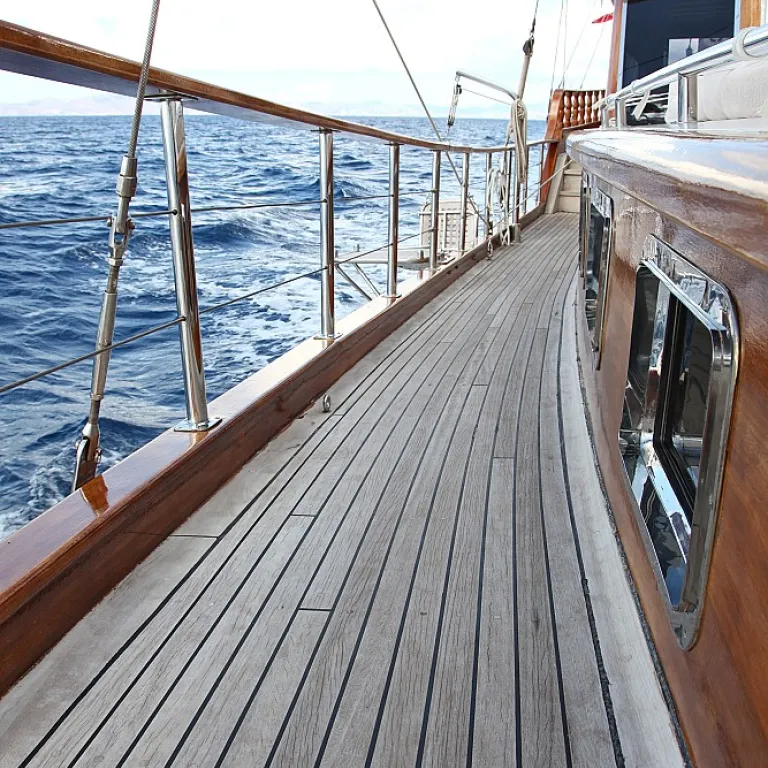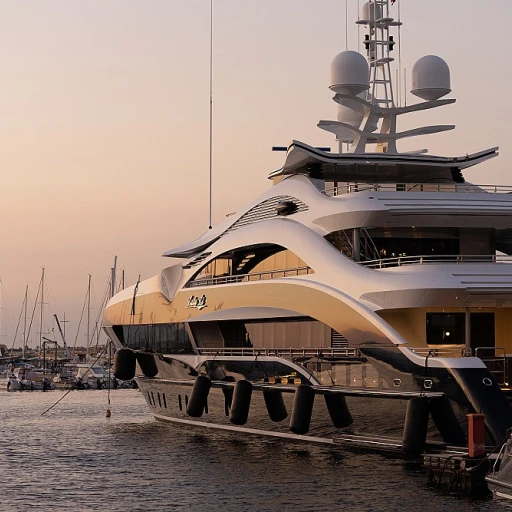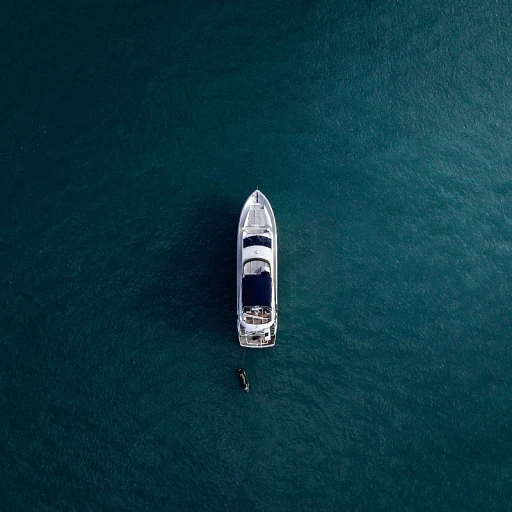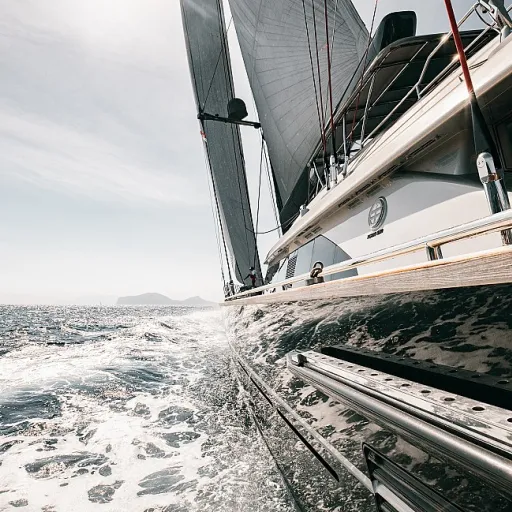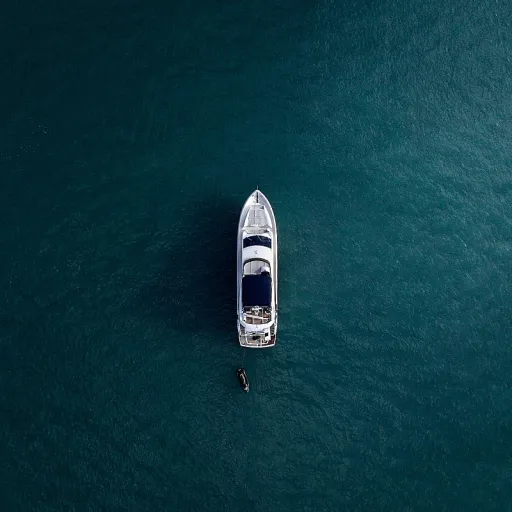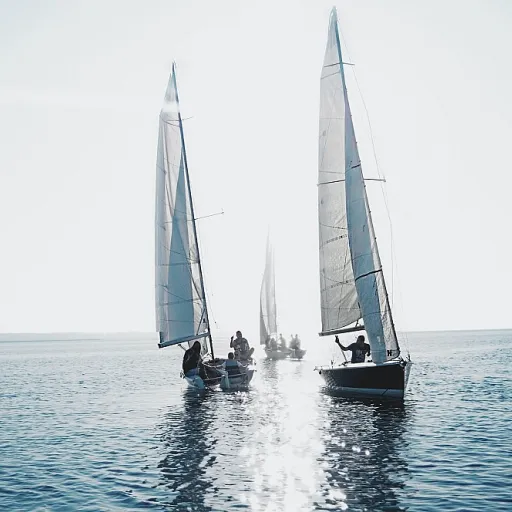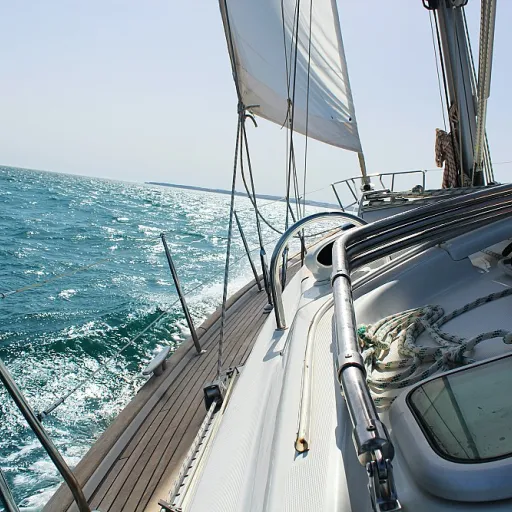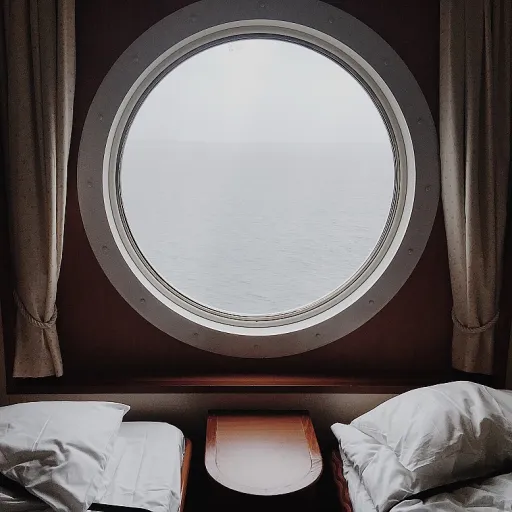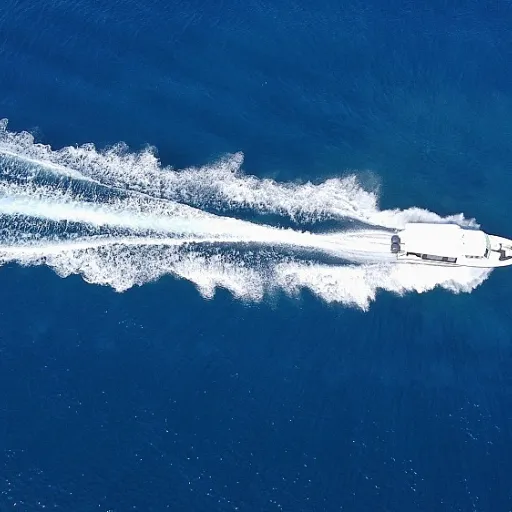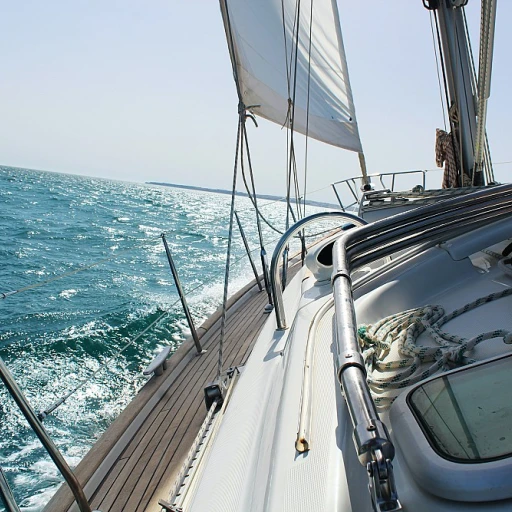
The Role of Stern Lights in Boating Safety
The Significance of Stern Light for Safety on the Waters
The stern light plays a crucial role in ensuring marine safety, especially during nighttime navigation. As part of the navigation lights system, the stern light is specifically designed to aid boats in indicating their position to other vessels. These lights are essential not only for big yachts but also for smaller boats and fishing crafts.
Typically round and white, stern lights should be visible from at least two nautical miles in clear weather conditions. They act as an essential signal for any approaching boat, highlighting the rear or stern section, thereby preventing collisions on busy waterways.
Positioned at the stern of the boat, it anchors the suite of navigation lights that often include red and green positions on a vessel. The United States Coast Guard (USCG) mandates specific requirements for stern lights to ensure universal compliance among light marine vessels. Adhering to these regulations, light manufacturers offer a wide assortment of products.
Without a proper stern light, especially a compliant LED navigation option, a boat's intention and direction might get misinterpreted. Therefore, it becomes imperative to not only choose the best suited stern light but also ensure its installation aligns perfectly with the boat's design. This enhances visibility, adding a safety layer for both the boaters and other marine users.
For those looking to upgrade their stern lights, considering how the pin base fits with existing accessories can make a significant difference. Efficient shopping includes examining the toggle menu options available from reputable marine accessories shops.
For more insights on how to maintain your boat safely and effortlessly, learn about the role of dinghy painter shackles to prevent potential chafing incidents.
Regulatory Requirements for Stern Lights
Navigational Standards and Regulations
Ensuring that your yacht is equipped with proper stern lights is not just about aesthetics or functionality. It is a crucial aspect of complying with safety regulations laid out by marine authorities. These guidelines are in place to prevent accidents and ensure smooth navigation for all boaters.
When it comes to stern lights, the U.S. Coast Guard (USCG) has set specific standards that must be adhered to. These regulations ensure that the white, round stern light is visible from a distance of two miles so other vessels can spot it from behind or when anchoring. This visibility is essential for avoiding collisions, particularly in low-visibility conditions, such as fog or nighttime boating.
Moreover, boats are required to meet specific criteria for the positioning and installation of navigation lights. For instance, the lights should not be obscured by any structures or accessories on the boat. Improper placement can compromise the safety of not just your vessel but others navigating nearby.
In addition to USCG regulations, different regions might have additional specifications for boating and the use of navigation lights. For example, certain areas might have rules around the use of LED navigation lights or require different configurations when fishing. It's vital to be aware of such regulations to avoid penalties and ensure safe boating practices.
Prioritizing adherence to these regulatory requirements not only enhances the safety of your vessel but also contributes to responsible boating practices, ensuring a safer marine environment for all. Consulting with marine professionals or local authorities can help ensure that you meet all necessary navigation and anchor light specifications.
Choosing the Right Stern Light for Your Yacht
Key Factors in Selecting Your Ideal Stern Light
Choosing the right stern light for your yacht is vital to ensure compliance with regulations and enhance safety on the water. With the myriad of options available, it's important to focus on several key factors.- Light Type: Stern lights are typically white and round, designed to ensure visibility from the back of the boat. Options include the traditional incandescent bulbs or the increasingly popular LED navigation lights, known for their longevity and energy efficiency.
- Compliance with Regulations: Make sure your choice adheres to US Coast Guard (USCG) standards, ensuring that the light's visibility complies with the required range. Stern lights must be visible for at least 2 nautical miles in darkness.
- Durability and Materials: Opt for marine-grade materials that can withstand harsh conditions. Stainless steel bases, for instance, offer excellent resistance against corrosion, while weatherproof lights endure the marine environment.
- Installation Options: Whether your stern light needs to be mounted on a pin or is compatible with a round base, consider ease of installation. Certain models offer versatile mounting solutions or a toggle menu to adjust settings.
- Additional Features: Some products come with integrated anchor lights or red-green navigation lights, augmenting their functionality. These could be beneficial if you're looking for more comprehensive navigation solutions.
- Shopping Considerations: Make a list of your specific needs before heading to a marine shop to prevent being overwhelmed by the array of accessories available. Consult product reviews and expert opinions to ensure you’re making an informed decision.
Installation Tips for Stern Lights
How to Properly Install Stern Lights on Your Yacht
Installing a stern light is an important step to ensure your boat is compliant with safety regulations, and it should be approached with meticulous attention to detail. This doesn't just involve understanding the types of stern lights available, but also being mindful of the installation process itself. Let's delve into some key installation tips that can enhance your yacht's lighting system.- Choose the Right Mounting Location: Ensure that your stern light is installed at the correct height above the waterline, allowing it to be visible from all directions. This visibility is crucial for maintaining safety on the water, especially during night navigation.
- Securely Fit the Base: Use marine-grade screws and ensure that the base of the stern light is firmly secured to the boat's stern. A watertight seal is critical to prevent any water ingress, which could lead to electrical failures.
- Proper Wiring Techniques: Use marine-rated electrical wires and follow the correct color-coding standards. It's important to connect the wires properly to avoid any short circuits.
- Testing the Stern Light: Once installed, test the stern light to ensure it is functioning correctly. It should emit a bright white light that is visible from a distance. If you're using LED navigation lights, they offer enhanced energy efficiency and longevity, ensuring you’re well-equipped for extended sailing trips.
- Regular Maintenance and Inspection: Regularly check the light fixture and wiring for any signs of wear and tear or corrosion. Regular maintenance will help you stay compliant with USCG regulations and ensure your light continues to shine brightly.
Innovations in Stern Light Technology
Advancements in Navigational Lighting for Yachts
In the world of marine navigation, technology is continually evolving to enhance safety and efficiency. The introduction of LED technology in stern lights has revolutionized how yachts and boats operate at night. The benefits of LED navigation lights are manifold:- Energy Efficiency: Lights LED, particularly for stern illumination, provide significant energy savings compared to traditional bulbs.
- Durability: LED lights are robust and withstand harsh marine environments, ensuring reliable performance for all types of boats.
- Visibility: An LED round white stern light offers superior visibility, an essential factor when navigating busy waterways or anchoring.
Common Issues and Troubleshooting Stern Lights
Addressing Common Demands and Potential Glitches
Navigating the expansive world of marine accessories can bring about certain challenges, especially when it comes to ensuring the functionality of stern lights on your vessel. Understanding these demands can help mitigate operational hiccups and enhance safety. Frequent Issues with Stern Lights:- Burnout Concerns: Stern lights, especially those not utilizing LED technology, can burn out due to continuous use. Shoppers often look to replace with long-lasting LEDs to avoid frequent changes.
- Visibility Issues: Ensure your light is USCG compliant, producing adequate brightness. This is crucial during night-time navigation or when anchored.
- Wiring Problems: With harsh marine conditions, it's not uncommon for wiring to corrode or loosen. Regular checks and waterproof connections can prevent this.
- Mounting Base Failures: The base used to attach the light might weaken over time. It’s essential to choose a sturdy and reliable mounting system suitable for your boat type.
- Check Power Sources: Always inspect your power connections if the light fails to turn on. Fluctuating power can impact light performance.
- Regular Maintenance: Regular cleaning to prevent salt build-up can improve light transparency and longevity.
- Upgrade Technologies: Consider upgrading to advanced LED options which provide round, white light solutions with enhanced durability.
- Consult Marine Experts: If persistent issues arise, a marine technician can provide insights into addressing unique boat stern light challenges.

